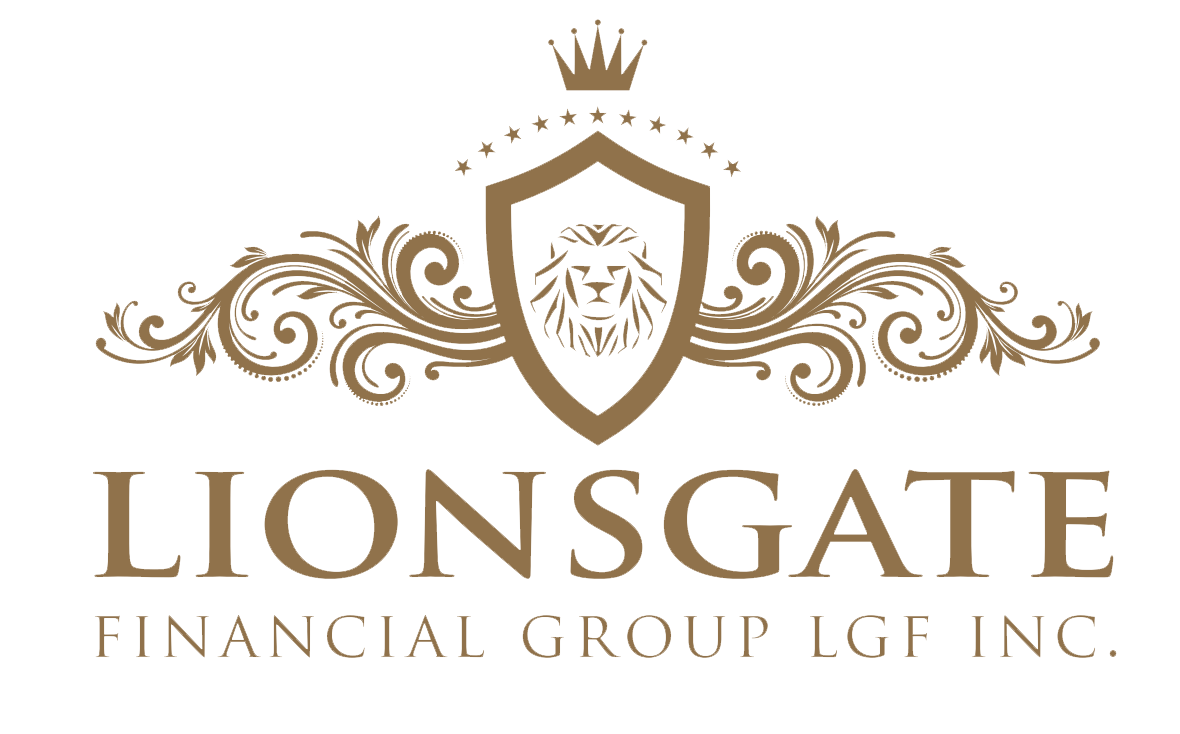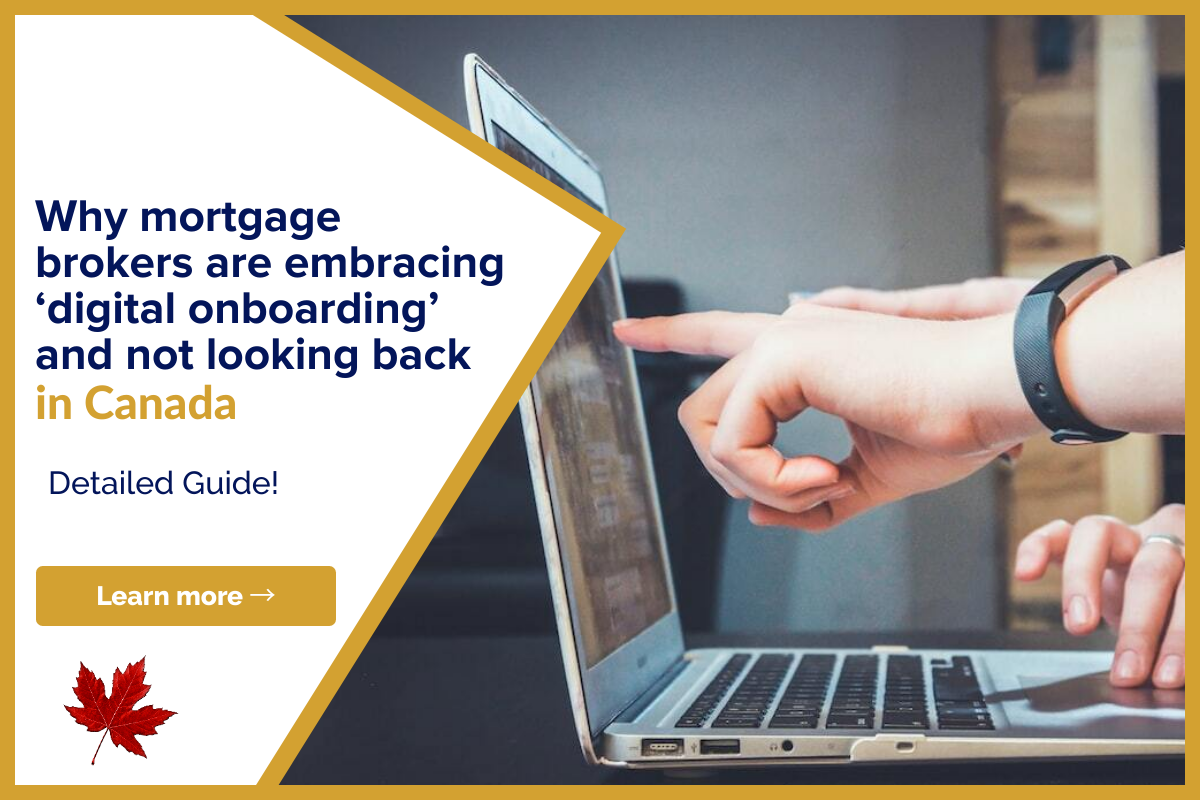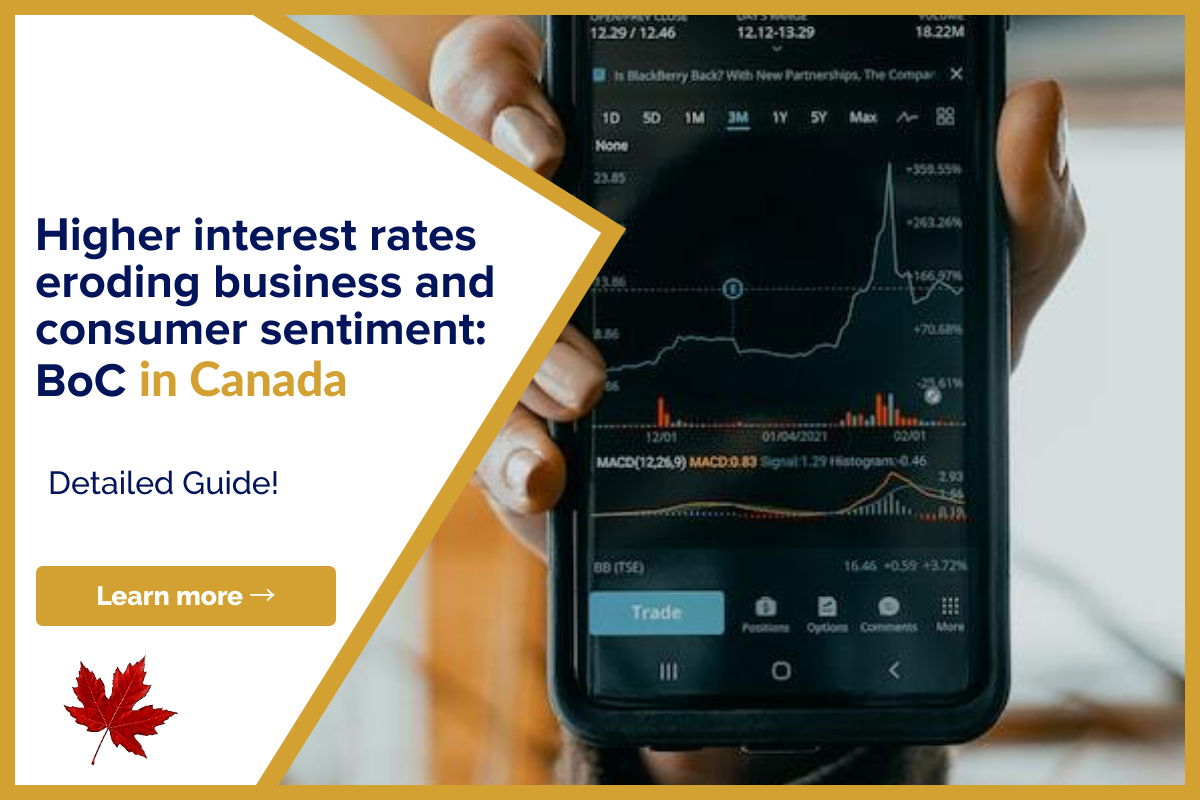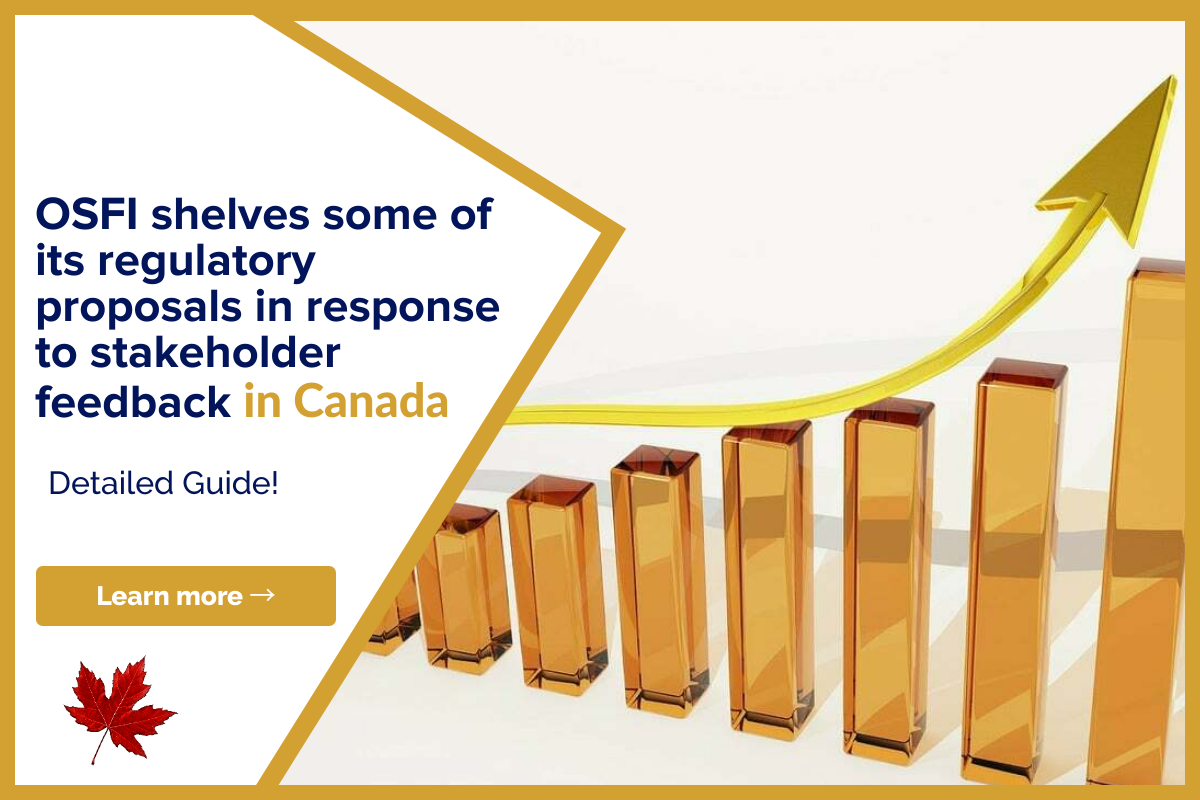During the early days of the mortgage business, brokers would require a lot of paperwork…

Personal Loans: Understanding the Risks and How to Manage
Now you can listen to our blog post, “Personal Loans: Understanding the Risks and How to Manage Them” while on the go.
Personal loans have become an integral part of modern finance, enabling individuals to meet their financial needs, whether it’s consolidating debt, financing a large purchase, or handling unexpected expenses. However, like any financial product, personal loans come with risks that borrowers need to be aware of before taking the plunge. In this article, we will explore the various risks associated with personal loans and how to manage them.
Types of Personal Loans
Personal loans come in two types: secured and unsecured. Secured personal loans require collateral, such as a home or car, while unsecured personal loans do not. Secured loans typically offer lower interest rates and higher borrowing limits, but the risk of losing the collateral is a significant drawback. Unsecured loans, on the other hand, have higher interest rates and lower borrowing limits but do not require collateral.
Factors to Consider
Before applying for a personal loan, there are several factors to consider. First, you should have a clear purpose for the loan, whether it’s debt consolidation, home improvement, or funding a large purchase. Second, you need to decide how much you want to borrow and for how long.
Third, you should check the interest rate and other fees associated with the loan, such as origination fees and prepayment penalties. Finally, you should consider your credit score and credit history, as they will impact the interest rate and approval for the loan.
Risks Associated with Personal Loans
While personal loans can be a useful tool for meeting financial needs, they also come with risks. The following are the most common risks associated with personal loans:
- High-Interest Rates: Unsecured personal loans typically come with higher interest rates than secured loans, making them more expensive in the long run. The interest rate you get depends on your credit score, credit history, and the lender’s criteria.
- Risk of Default and Late Payment Penalties: If you fail to make timely payments or default on the loan, you may face late payment fees, collection calls, and even legal action. Defaulting on a loan can also have a negative impact on your credit score, making it difficult to get approved for future loans or credit.
- Debt Trap and Cycle of Debt: Taking out a personal loan can sometimes lead to a cycle of debt, where you borrow more money to pay off the existing debt, creating a never-ending cycle. It’s essential to understand the loan terms and repayment schedule before taking out a loan and ensure that you can afford the payments.
- Negative Impact on Credit Score and Credit History: Missed payments or defaulting on a loan can have a significant impact on your credit score and credit history. A low credit score can make it challenging to get approved for future loans or credit, and lenders may charge you a higher interest rate.
Ways to Manage the Risks of Personal Loans
While there are risks associated with personal loans, there are ways to manage them:
- Budgeting and Financial Planning: Before taking out a personal loan, it’s essential to create a budget and plan for how you will repay the loan. This will help you avoid defaulting on the loan and falling into a cycle of debt.
- Improving Credit Score and Credit History: Improving your credit score and credit history can help you get better loan terms and lower interest rates. Paying bills on time, reducing your debt-to-income ratio, and disputing errors on your credit report can all improve your credit score.
- Exploring Other Financing Options: Before taking out a personal loan, consider other financing options, such as credit cards, home equity loans, or borrowing from family and friends. These options may offer lower interest rates or more flexible repayment terms
- Reading the Fine Print: It’s crucial to read the loan agreement carefully before signing it to understand the terms and conditions, including interest rates, fees, and penalties for late payments or defaulting on the loan.
- Choosing a Reputable Lender: Choosing a reputable lender is essential to ensure that you get fair loan terms and avoid predatory lending practices. Research lenders and read reviews from other borrowers to find a lender that meets your needs.
Conclusion
Personal loans can be a useful tool for meeting financial needs, but they come with risks that borrowers need to understand and manage. By considering the factors before taking out a loan, managing your finances, and choosing a reputable lender, you can minimize the risks and make the most of the loan.
FAQs
Q: What is a personal loan?
A: A personal loan is a type of loan that individuals can use for various purposes, such as debt consolidation, home improvement, or funding a large purchase. Personal loans come in two types: secured and unsecured.
Q: What is the difference between secured and unsecured personal loans?
A: Secured personal loans require collateral, such as a home or car, while unsecured personal loans do not. Secured loans typically offer lower interest rates and higher borrowing limits, but the risk of losing the collateral is a significant drawback. Unsecured loans, on the other hand, have higher interest rates and lower borrowing limits but do not require collateral.
Q: What factors should I consider before taking out a personal loan?
A: Before applying for a personal loan, you should have a clear purpose for the loan, decide how much you want to borrow and for how long, check the interest rate and other fees associated with the loan, and consider your credit score and credit history.
Q: What are the risks associated with personal loans?
A: The risks associated with personal loans include high-interest rates, risk of default and late payment penalties, debt trap and the cycle of debt, and a negative impact on credit score and credit history.
Q: How can I manage the risks of personal loans?
A: You can manage the risks of personal loans by budgeting and financial planning, improving your credit score and credit history, exploring other financing options, reading the fine print, and choosing a reputable lender.
Need Some Extra Cash to Help Your Finances? Try Lionsgate!
Are you struggling with your financial needs and need some extra cash? Lionsgate can help. Just fill out the form below, letting us know all your money or mortgage requirements, and we will find the best lender for you. Amazing thing? The process is free, and you can quit it at any time.
We have a team of experts that analyze your requirements and pick the best lender for you with prudent advice.
Note: Please give your authentic information while completing the form below.
Please share this article on your social media profiles if you found it helpful. Also, visit our blog to read similar helpful articles on finance, real estate, and getting mortgages.




